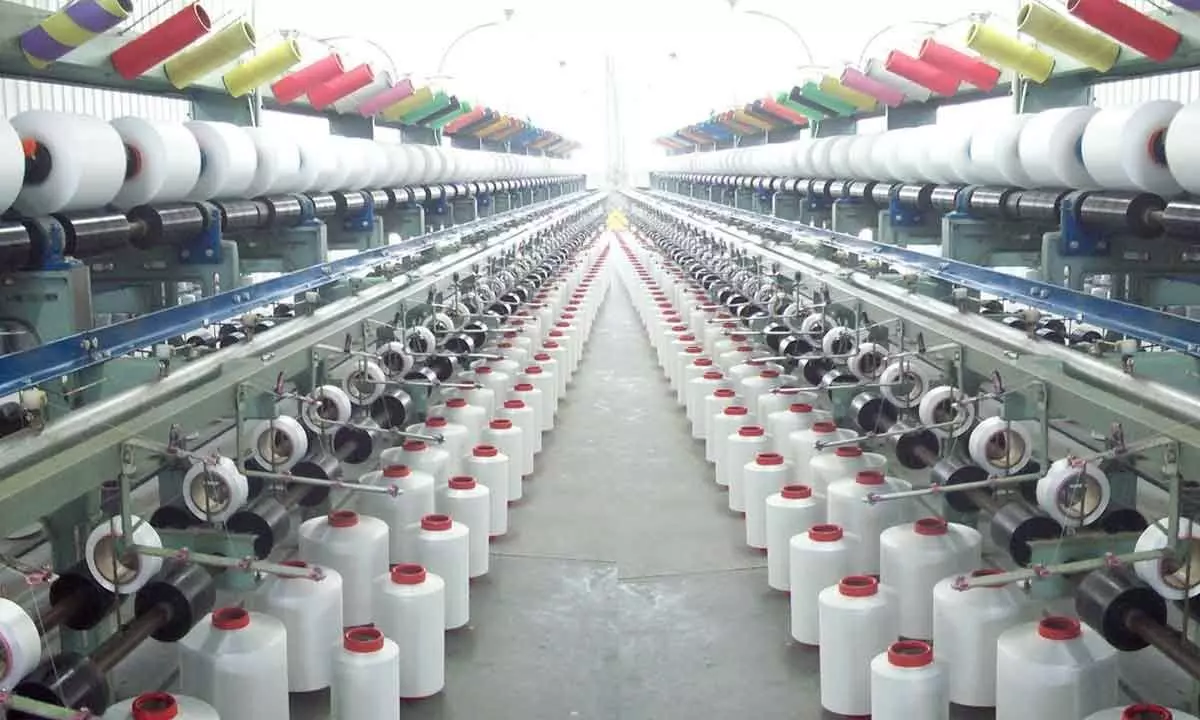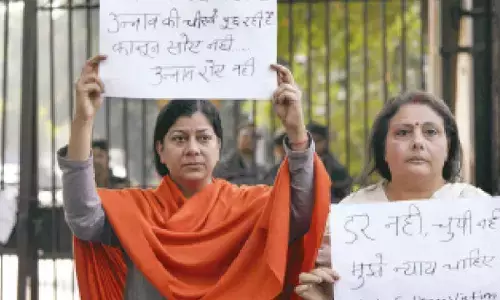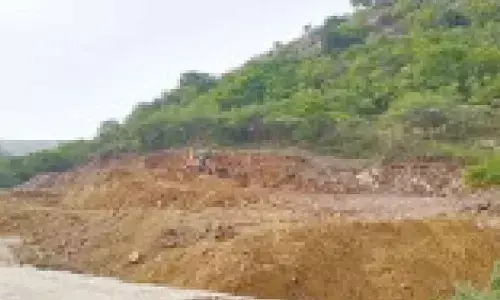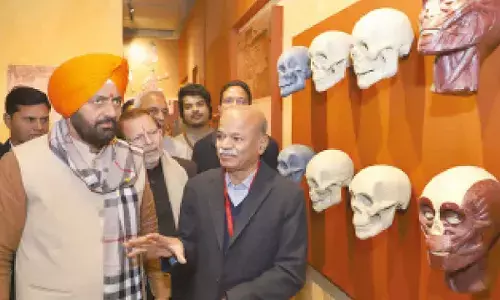Textile sector needs a stitch in time

Some of the recent developments in textile-dominated states like Tamil Nadu and Telangana are worth appreciating and could be a ‘lesson’ for other States.
Some of the recent developments in textile-dominated states like Tamil Nadu and Telangana are worth appreciating and could be a 'lesson' for other States.
Let me first talk about Tamil Nadu. The government is continuously supporting the State's textile entrepreneurs at various levels. Time and again it has shown how it is standing with the industry, not only at the policy and execution level, even on the advocacy front also. Just have a look at the government's initiatives. A separate department with a dedicated commissionerate for the growth of the textile industry, the removal of agricultural market committee fee, allocation of Rs15.32 crore for sustainable cotton development mission, encouraging technical textiles, Textile city near Chennai, Tamil Nadu pavilion at all major international textile fairs, signing of MoU with premier institute NIFT to create 500 designs per year for handloom sector and much more… And policies are already there in place in the state.
For Tamil Nadu, it is a must to take care of its textile industry as the State textile industry accounts for over 1/3rd of the textile business in India by contributing 45 per cent of the cotton yarn production, 22 per cent of the power loom fabric production, 12 per cent of handloom fabric production, 45 per cent of knitted fabric production, 40 per cent of home textiles production, 70 per cent of the spinning machinery and other machinery, accessories and spares manufacturing capacity. But States like Punjab, Haryana and Rajasthan have not done anything major like this. Time and again, the state Chief Minister has urged the Union government to support the industry on the cotton price issue also.
The Telangana State showed aggression to invite Kitex Group, Kerala, while almost six States were in the race – be it the quick and personal discussion of the State's minister with the company's promoter, a special charter flight for the company delegation to invite, and 'customised' package to ensure that the company must invest in the state. Not only Kitex, but even globally well-known Youngone Group is also investing in the state.
So, states should not only come with lucrative policies, but proper policy execution at ground level, ensuring the best infrastructure and giving industry whatever required from time to time, and intervention of leadership is also required.
But on the other hand, some of the other states which also have a good textile industry, are lagging and need to learn from Tamil Nadu Nadu and Telangana. Having a lucrative textile policy and investor summits is a good thing and it also helps to attract investments from other states, and motivate exiting players to invest more but poor execution of the policies and lack of basic infrastructure is unacceptable. For example, the knitting industry in Punjab has not only been struggling for good roads but even for enough electricity – and that too for many years. And this is also one of the reasons that the big business groups of Punjab have set up their plants in Himachal and Madhya Pradesh rather than grow within Punjab only.
It is not that Tamil Nadu's textile or garment companies are not investing out of state, but the important point is here that the state government is doing its best, though there is always a scope for more. And it is a continuous process.
During Covid, states like Uttar Pradesh and Bihar also worked promptly to provide jobs for migratory workers but now there is no major development in this regard. Rajasthan's textile hub Bhilwara recently attracted a lot ofinvestment, but there is no major development in state's only garment cluster Jaipur. And there is no major activity or initiative by the state government in favour of garment manufacturers.
Often various states aggressively try to fetch the investment and there were also instances when a few of the senior officials of the states have issues with each other on this. But if they focus to provide support on the ground level and ensure smooth day-to-day functioning of the industry, there is no reason they will not have enough investment and growth in the industry. Cheap land is just one part of the lucrative policy but the industry also needs a proper ecosystem and consistency in the policy support.
A major chunk of the industry strongly believes that industry has to grow without expecting something from the government but the infrastructure is something that is the responsibility of the government. To run welfare schemes, any government needs revenue and for the same, there can't be a better source than the textile and garment industry.




















